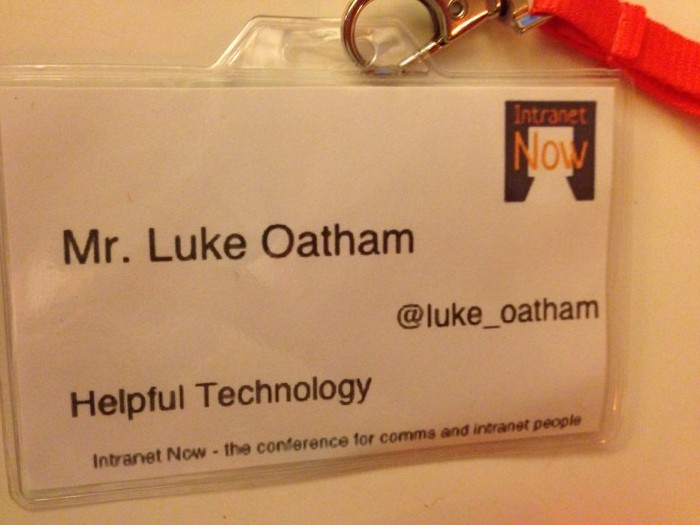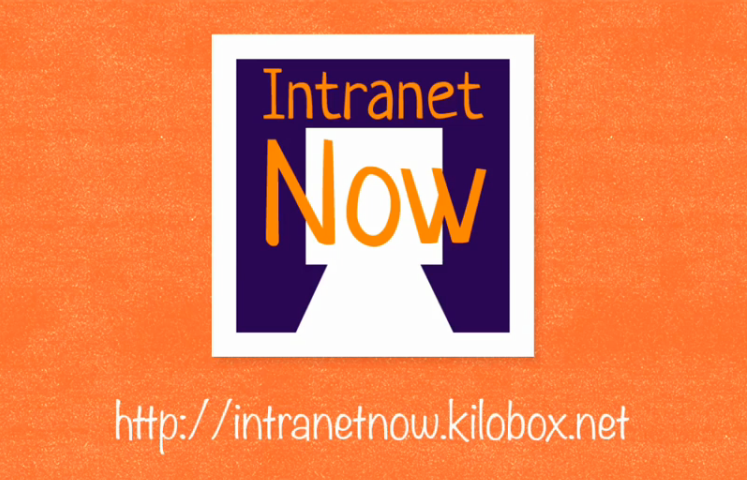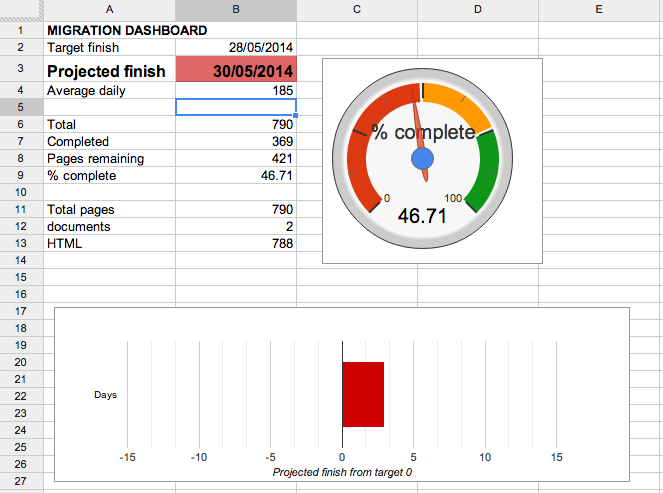The energy on the day was buzzing. The pace was fast. It didn’t go without a few bloopers, but it didn’t matter. The atmosphere was uplifting and positive and it’s clear that a lot of thought had gone into making this event happen.


The energy on the day was buzzing. The pace was fast. It didn’t go without a few bloopers, but it didn’t matter. The atmosphere was uplifting and positive and it’s clear that a lot of thought had gone into making this event happen.

The Enterprise Strategies post uses statistics from the Worldwide Intranet Challenge to analyse the aspects of an intranet that most impact a user’s perception of the intranet. The main 2 conclusions state:
With 99+% confidence, we can conclude that:
THE MORE OFTEN EMPLOYEES USE THEIR INTRANET TO DO THESE THREE THINGS, THE HIGHER THEIR OVERALL VALUATION OF THEIR INTRANET:
- Complete online forms
- Upload or download documents
- Find instructions for completing work tasks
And
With 94% confidence, we can conclude that:
THE MORE OFTEN EMPLOYEES USE THEIR INTRANET TO PROVIDE FEEDBACK OR COMMENTS ABOUT INTRANET CONTENT, THE HIGHER THEIR OVERALL VALUATION OF THEIR INTRANET.
To me, this says that a task-based intranet that allows staff to find instructions and complete tasks online, is very valuable. And if staff can provide feedback or comment on the intranet content then this adds to the value.
It doesn’t prove a case for a “social intranet”. It doesn’t show that staff want to post and like and comment on others’ posts. In fact, the post goes on to note that other features such as being able to discuss work topics online in a forum or collaborating in shared spaces didn’t score as high, and then claims that these features were not available in 2009 and makes the assumption that the WIC results would have shown higher scores if staff could have accessed these features. This assumption is then taken as additional evidence to support proof of a requirement for a social intranet.
I’d argue that forums and shared spaces were not strangers to the intranet scene in 2009. The report doesn’t state the actual years that have been analysed but the WIC is still current and so I find this could’ve/would’ve, distorted interpretation to be somewhat misleading and biased.
Despite the wonkiness of the post title and the biased analysis, the report hammers home the facts that using the intranet for finding instructions, completing tasks and being able to feedback on intranet content are the most important aspects of a user’s perception of the intranet.

The Intranet Now un/conference takes place on 2nd September in London with three flavours of talks including main speaker presentations, lightning talks and unconference-style sessions.

A move to a new CMS is an ideal opportunity to tidy the intranet, remove the clutter and possibly present things in a better way. You can choose to use your existing content as a basis for the new CMS, or wipe the slate clean and create new content. This guide covers moving content to a new CMS.
The Department for Business, Innovation and Skills intranet supports around 2000 staff. The new intranet started to roll out in the first week of May, alongside a department-wide IT upgrade. More staff will see the new intranet on their desktop over the next week or so.